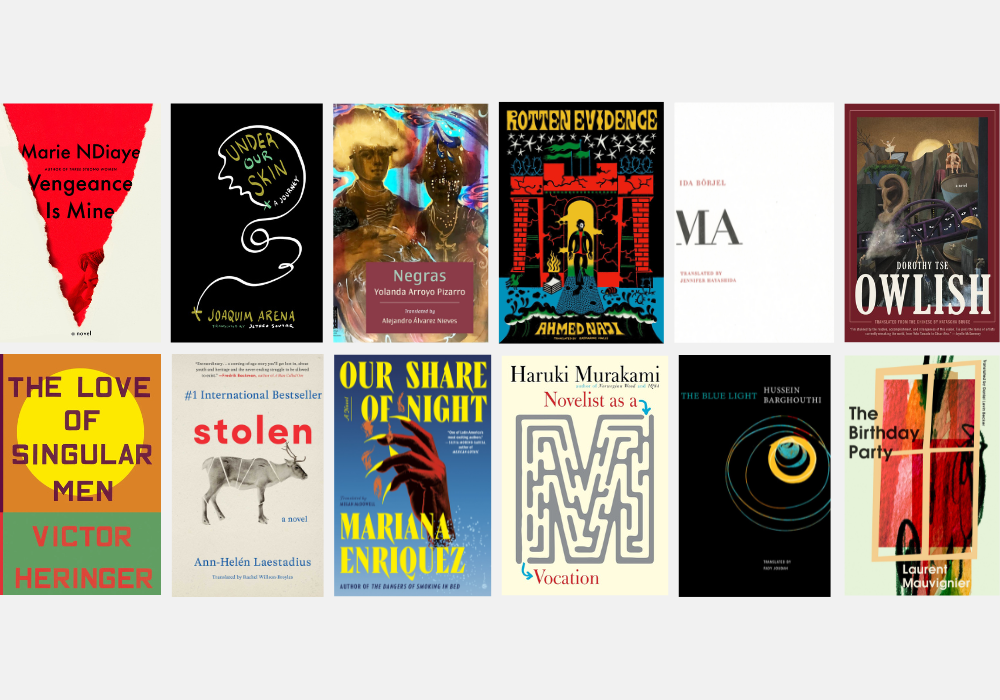It trembles
It is trembling again today
I did not know that the earth
Is an unruly cradle
A cruel cradle that lets
Neither adult nor child sleep
It is trembling again today
I did not know that the earth
Is an unruly cradle
A cruel cradle that lets
Neither adult nor child sleep
It is March, it is spring
It should be a gentle season of vernal sleep
When one sleeps so deeply there is no dawn
But spring this year
Shakes us to keep us
From falling asleep
It should be a gentle season of vernal sleep
When one sleeps so deeply there is no dawn
But spring this year
Shakes us to keep us
From falling asleep
Earth, it is enough
For you simply to
Keep spinning happily
Leave the trembling
To windblown flowers and
Laundry hanging in the yard
You should simply spin
Innocently
For you simply to
Keep spinning happily
Leave the trembling
To windblown flowers and
Laundry hanging in the yard
You should simply spin
Innocently
Those forces that shake the earth
May you turn to bubbles and disappear
Do not tremble
Do not trem
Do not tre
Do not
Not
No!
May you turn to bubbles and disappear
Do not tremble
Do not trem
Do not tre
Do not
Not
No!
March 29, 2011
© Toshiko Hirata. By arrangement with the author. Translation © 2012 by Jeffrey Angles. All rights reserved.









